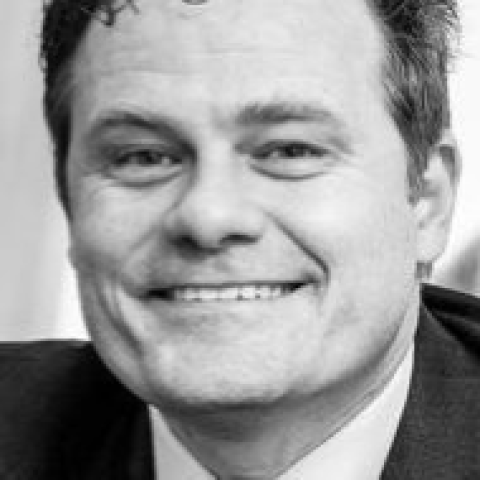
"Engineering the improved reach of vaccines: from needles to rockets to Nanopatches"
Mark A. F. Kendall, Delivery of Drugs and Genes Group, D2G2, The Australian Institute for Bioengineering and Nanotechnology (AIBN), The University of Queensland, Brisbane, Qld, Australia
November 17th, 2016 at 4:00 PM in the Clark Center Auditorium
Abstract:
Vaccines have produced one of the largest increases in the age of life expectancy in human history. However massive challenges remain, with 17 million deaths per year due to infectious disease – mostly in the developing-world.
I will discuss the particular challenges holding back vaccines within the developing world; together with potential solutions under development.
My particular focus will move to the needle and syringe: currently the main vaccination method, which was first invented in 1853. The needle is holding back the rollout of vaccines by (1) placing vaccine into muscle, arguably missing our immune “sweet spot”); (2) the need for maintaining the refrigeration “cold chain” of the vaccine in liquid form; and (3) cross-contamination through needle-stick injuries.
I will then discuss the idea of hand-held rockets to fire micro-particulate vaccines into the skin – otherwise called the “gene gun” which took me from the field of hypervelocity aerodynamics to drug and vaccine delivery to Oxford. The concept, science, technology attributes will be discussed.
I will then introduce the Nanopatch – conceived to tackle all three of the needle-based problems (and fresh challenges of the “gene gun”) – a patch bearing an ultra-high density array of projections that delivers dry-coated vaccine into the skin's outer layers; abundant with immune cells. In addition, I will outline the Nanopatch journey from idea towards clinical utility as a medical device product.
Bio:
Professor Mark Kendall has more than 18 years of experience researching the field of needle-free gene and drug delivery to skin – and diagnostics devices – with micro-nanostructures. Mark has published more than 200 papers and is an inventor on more than 130 patents. He has worked closely with Industrial partners in the technology transfer from concept to commercialisation. He has delivered more than 100 invited, keynote or plenary lectures in seventeen countries. Since year 2000, he has attracted more than $60 million in research funding, with ~$30 million of this as the Leading Investigator. Mark founded Vaxxas Pty Ltd in 2011, the commercialisation arm of the Nanopatch (in which he has played a pivotal role; securing $40 million in funding and partnering with Merck and the WHO). His Biolistics technology has been successfully commercialised with PowderMed (the technology transfer company) purchased by Pfizer for $400 million in 2006. Mark joined the Australian Institute for Bioengineering and Nanotechnology (AIBN) after 8 years at the University of Oxford, where he was Associate Director of the PowderJect Centre for Gene and Drug Delivery Research, a University Research Lecturer and College Lecturer.
Mark has won many awards for his contributions to the field. Examples include being awarded a prestigious 2012 Rolex Laureate award. In 2011, he won the Australian Innovation Challenge prize, and the Australia Museum Eureka Prize winner for “2011 Research by an Interdisciplinary Team” in Research and Innovation. One of his technologies won the “Best Medical Innovation 2005” of “Popular Science” Magazine. Recipient of the “Younger Engineer of Britain” Prize awarded at the House of Parliament in London in 2004.
Mark has communicated his ideas in many forums, including a TEDGlobal talk, and the World Economic Forum Davos.
